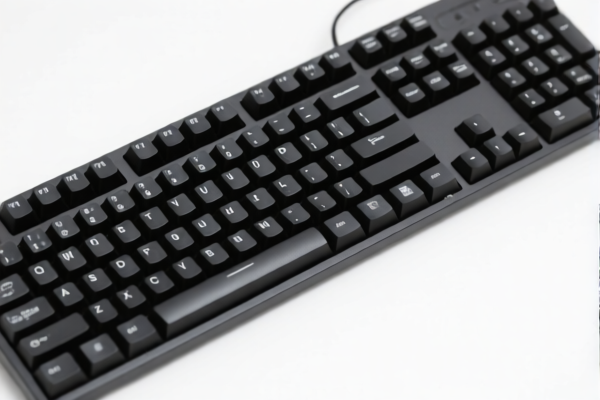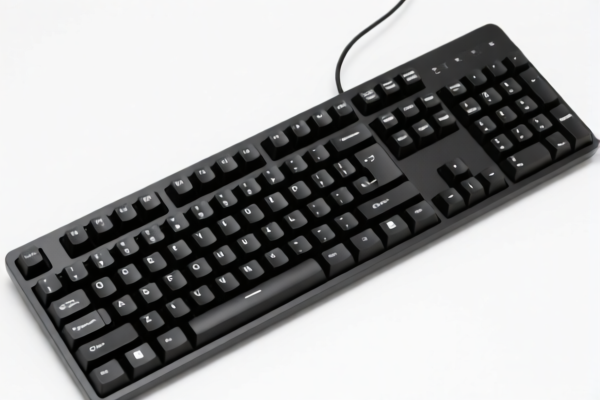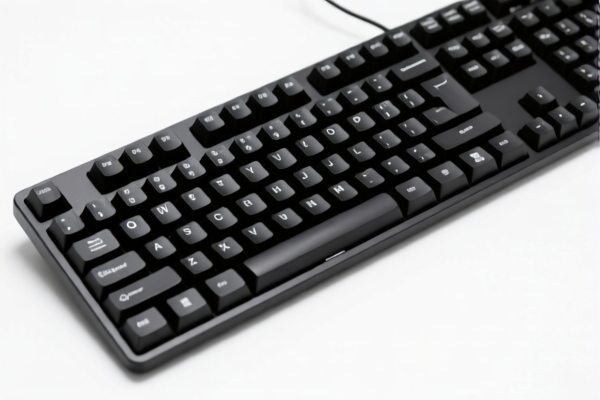| HS Code | Official Doc | Tariff Rate | Origin | Destination | Effective Date |
|---|---|---|---|---|---|
| 8471602000 | Doc | 30.0% | CN | US | 2025-05-12 |
| 3926100000 | Doc | 35.3% | CN | US | 2025-05-12 |
| 3901905501 | Doc | 61.5% | CN | US | 2025-05-12 |
| 3901909000 | Doc | 61.5% | CN | US | 2025-05-12 |




Keyboards
A keyboard is an essential input device for computers and other electronic devices, enabling users to enter characters and functions. They are typically laid out in a grid of keys representing letters, numbers, symbols, and control functions.
Material
Keyboards are constructed from a variety of materials, impacting durability, feel, and cost. Common materials include:
- Plastic: The most common material for keycaps and the keyboard chassis, offering affordability and versatility. ABS and PBT are frequently used plastics, with PBT generally considered more durable and resistant to shine.
- Metal: Often used for the keyboard chassis, providing increased stability and a premium feel. Aluminum is a popular choice.
- Mechanical Switches: These are a core component of mechanical keyboards, constructed from various plastics, metal springs, and metal contacts.
- Rubber Domes: Used in membrane keyboards, providing a soft, quiet typing experience.
- PCB (Printed Circuit Board): The internal circuitry of the keyboard, typically made of fiberglass and copper.
Purpose
The primary purpose of a keyboard is to provide a means of text and command input. This encompasses:
- Text Entry: Typing documents, emails, code, and other textual information.
- Command Input: Utilizing keyboard shortcuts and function keys to control software and operating systems.
- Gaming: Providing precise and responsive input for controlling game characters and actions.
- Navigation: Using arrow keys and other keys to navigate user interfaces.
Function
Keyboards function by detecting the pressing of individual keys. This signal is then transmitted to the connected device, which interprets the signal as a specific character or command. The underlying technology varies depending on the keyboard type:
- Mechanical Keyboards: Each key has an individual mechanical switch that registers a keypress when activated.
- Membrane Keyboards: A rubber dome beneath each key registers a keypress when pressed.
- Scissor-Switch Keyboards: Utilize a scissor mechanism to provide a more stable and responsive keypress than traditional membrane keyboards.
- Capacitive Keyboards: Detect keypresses through changes in capacitance.
Usage Scenarios
Keyboards are used in a wide variety of scenarios, including:
- Office Work: Typing documents, spreadsheets, and emails.
- Home Use: General computing tasks, browsing the internet, and communication.
- Gaming: Controlling game characters and actions.
- Programming: Writing and editing code.
- Content Creation: Writing articles, scripts, and other content.
Common Types
- Mechanical Keyboards: Known for their tactile feedback, durability, and customization options. Switches vary in feel and sound (e.g., Cherry MX, Gateron, Kailh).
- Membrane Keyboards: Affordable and quiet, but generally less durable and responsive than mechanical keyboards.
- Scissor-Switch Keyboards: Offer a balance between affordability and responsiveness, commonly found in laptops.
- Ergonomic Keyboards: Designed to reduce strain and improve comfort, often featuring split layouts and contoured keycaps.
- Wireless Keyboards: Connect to devices via Bluetooth or a USB receiver, offering greater freedom of movement.
- Gaming Keyboards: Feature specialized keys, programmable macros, and RGB lighting.
- Compact Keyboards (60%, 75%, TKL): Reduce the overall size of the keyboard by removing less frequently used keys.
- Roll-up Keyboards: Flexible silicone keyboards, designed for portability.
Keyboards are categorized as automatic data processing machines and units thereof, specifically input or output units.
Here are the relevant HS codes:
- 8471602000: This HS code falls under Chapter 84 (Nuclear reactors, boilers, machinery and mechanical appliances; parts thereof) and Heading 8471 (Automatic data processing machines and units thereof; magnetic or optical readers, machines for transcribing data onto data media in coded form and machines for processing such data, not elsewhere specified or included). The subheading 847160 specifically covers input or output units, whether or not containing storage units in the same housing, and 84716020 further specifies "Other: Keyboards". The current tax rate is 30.0%, comprising a base tariff of 0.0% and an additional tariff of 30.0% effective after April 2, 2025.
Customer Reviews
No reviews yet.